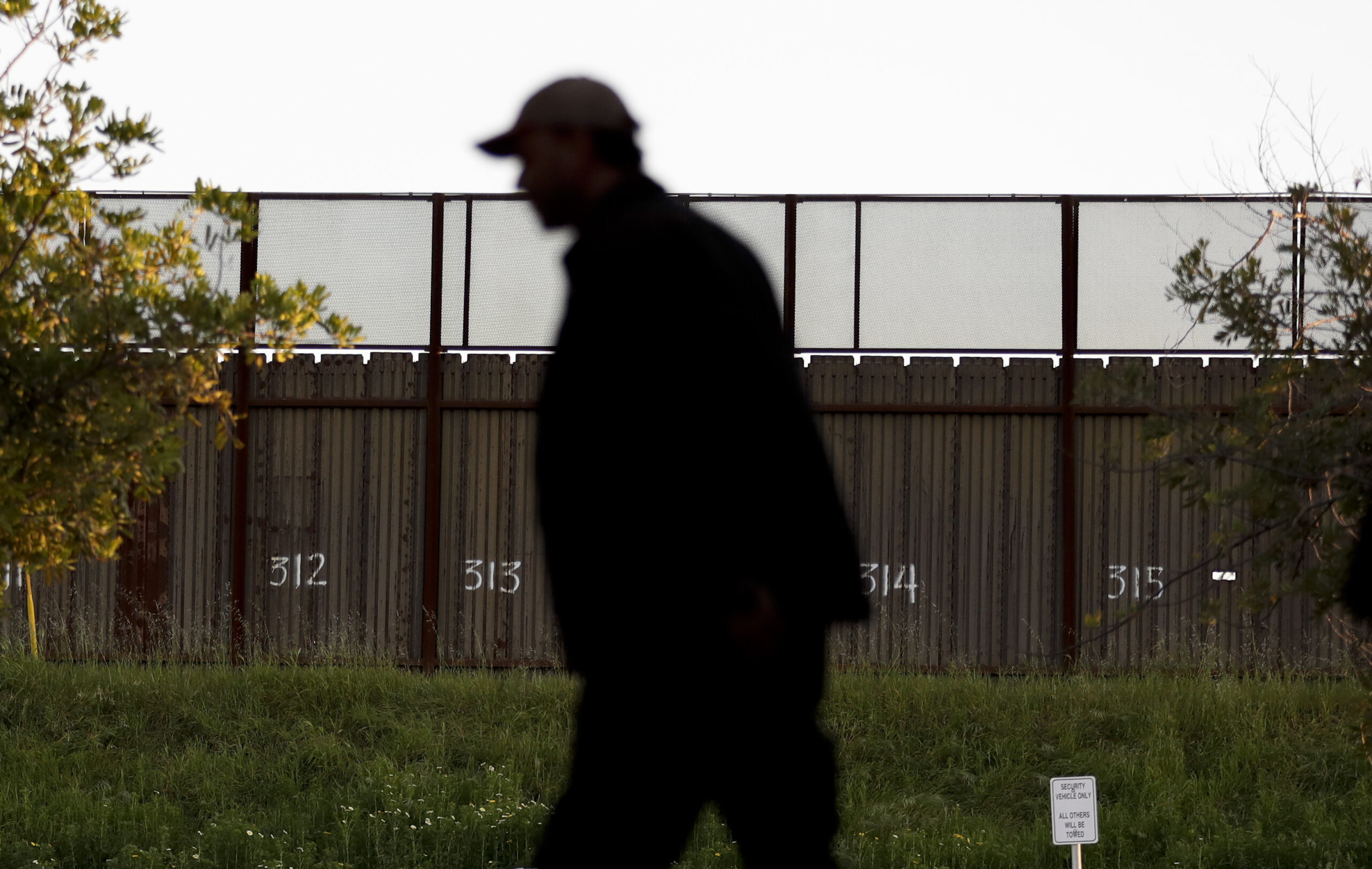 President Donald Trump’s administration announced a $600 million bidding contest late Friday night to kick off construction of The Wall, a towering physical barrier between the United States and Mexico.
President Donald Trump’s administration announced a $600 million bidding contest late Friday night to kick off construction of The Wall, a towering physical barrier between the United States and Mexico.
The process will start with little walls — an unknown number of barriers of concrete and other materials that will serve as models for the bigger wall, which Trump made central to his political campaign.
Construction will proceed with unusual haste. Companies have just two weeks to submit proposals. Finalists will make a two-and-half hour long oral presentation to the U.S. Customs and Border Protection agency, which is overseeing the contest. Winners will be announced by late May.
Steven Schooner, a professor of government contracting at George Washington University, tweeted that the process was “extremely/uniquely complicated (and confusing).”
But CBP officials said the approach was designed to get the best value for the government.
“Through the construction of prototypes, CBP will partner with industry to identify the best means and methods to construct border wall before making a more substantial investment in construction,” the agency said in a statement.
The bidding documents released Friday provide important clues as to what the Trump administration hopes to erect on the 1,200 miles of border with no physical barriers. Some 650 miles are already fenced.
The little walls are supposed to be tall. They should be “physically imposing in height” — 30 feet is preferred, though 18 feet is acceptable. However, the prototypes will be as little as 30 feet long, and cost as little as $100,000.
The little walls are supposed to be strong. They must be able to withstand attacks from “sledgehammer, car jack, pick axe, chisel, battery operated impact tools, battery operated cutting tools, Oxy/acetylene torch” for at least one hour, preferably four. They should also be able to span 45 degree slopes, and block tunneling. Contractors will build prototypes of concrete — Trump’s preferred material — but also other materials that will allow visibility between the two sides. Once the government has determined a model, the prototypes may be demolished.
Finally, the little walls are supposed to be pretty — at least on the U.S. side of the border. The agency wants the walls to be “aesthetically pleasing” so that the color and texture blends into the environment on the “north side of the wall.” There is no similar language for the Mexican side of the wall.
In addition to the tough building conditions, the agency clearly understands another difficulty will be political: Interested builders are urged to discuss their experience in “executing high profile, high visibility and politically contentious” construction projects.
Immigration activists are expected to protest construction of the wall, deploying tactics learned during the long, bitter protests over construction of the Dakota Access Pipeline near the Standing Rock Sioux Reservation in North Dakota. The bid calls for companies to hire their own private security contractors to protect their projects.
The final cost of the wall — and even whether it will be built — is a matter of debate. Trump has said he anticipates the final bill to be from $10 billion to $12 billion. The Department of Homeland Security has suggested a cost of around $21 billion. Trump’s proposed budget has called for $2.6 billion to begin construction.
In Congress, some Republicans and many Democrats have opposed spending billions for an untested and possibly ineffectual border barrier. Trump has said he will force Mexico to pay for the wall. The Mexican government has rejected the possibility.
What is clear is that the Trump administration’s methods will favor large, experienced government contractors with demonstrated experience in big construction projects. Companies such as KBR, Tutor Perini Corp., Parson Corp. and Fluor Corp. have all indicated an interest in building the edifice.
At the same time, the agency has asked bidders to explain how they will meet the agency’s goals to deliver contracts to small, minority and veteran owned companies. Customs and Border Protection aims to pay 38 percent of its contract to small business, 5 percent to woman-owned firms and 3 percent to companies owned by disabled veterans.
In practice, the likely outcome is a few large government contractors overseeing a small army of subcontractors to build the wall.
More than 700 companies signed up for notifications about the building the wall, including more than 140 minority-owned firms — about 20 percent of the total. It is unclear how many of the firms possess the necessary experience and ability to participate in the bid.

